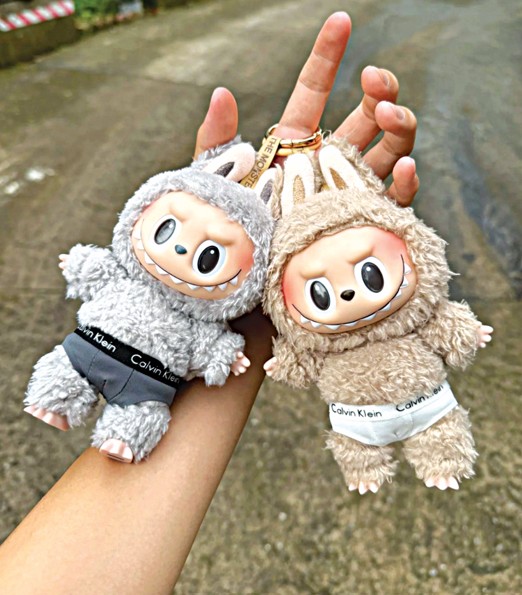The Labubu dolls stared out as an adorable collectible bug-eyed, wild-haired creature with oversized ears and a mischief-maker’s grin. But today, Labubu dolls are not being traded or showcased. They’re being burned. Tossed into bonfires. Smeared with vermillion. Flung into rivers. Why? Because some people swear, they’re creepy, demonic and haunted.
Viral Collectable to Viral Panic
Labubu is a character from Hong Kong, based on Kasing Lung’s “The Monsters” series under Pop Mart, who was never meant to spook. The whole reason it went viral globally was because its ugly-cute aesthetic appealed to Gen Z’s taste for the offbeat. With prices ranging from ?800 to ?8000 (and rarer editions fetching ?20,000+), Labubu became a must-have.
However, within days, hundreds of users began sharing their own experiences — broken mirrors, bad dreams, inexplicable mood dips, flickering lights.
Reality or Mind Games
So, is Labubu really haunted? Or is this just the classic cocktail of mass hysteria and social media suggestion? Dr. Fatima Naik, a psychologist based in Pune, says the latter. “What we’re witnessing is collective anxiety finding an outlet. With enough people describing similar symptoms — nightmares, feeling watched, bad luck — our brains begin to validate those patterns. It becomes a feedback loop.”
As stories intensify online about why this doll, in particular, felt “possessed.’’ Some users point out that Labubu’s grinning, snaggle-toothed face resembled folklore depictions of trickster spirits in Southeast Asian cultures—creatures that weren’t always evil, but always unpredictable. “In India, we’ve long believed that dolls or figurines can become vessels,” says Spiritual Leader Wilson Lobo, “When people constantly interact with or project emotion onto an object, especially something human-like, they can unintentionally charge it. It becomes a focus of energy—good or bad.”
Fear Feels Real
Even if it’s all in the head, the fear is genuine. “I threw mine away after I woke up and found it on the bed next to me, even though I had placed it high on a shelf,” says Richelle Fernandes. “No one else was in the house. I lit camphor, said a prayer, and dumped it in the dustbin.” We’ve always had stories of possessed dolls, jinn-infested homes, or cursed objects. But now, they’re playing out in 15-second clips, in front of millions.
Adding fuel to the fire, some users have begun comparing Labubu to Pazuzu, the ancient Mesopotamian demon made infamous by The Exorcist. Though there’s no official connection, the similarities are uncanny — bulging eyes, a wild grin, claw-like features, and, in rare editions, wings and horns. In mythology, Pazuzu was a bringer of disease and misfortune, often shown with animalistic traits and a disturbing smirk. Labubu’s creepy-cute design unintentionally echoes those traits, especially through the lens of digital horror.
Some families have gone further — taking the dolls to local priests or tantrics for cleansing, submerging them in rivers, or storing them in boxes with turmeric and rice (traditional methods of neutralising “charged” objects). In Kochi, a Catholic mother reportedly got her daughter’s Labubu blessed by a parish priest before locking it in a cupboard. “I’m not taking any chances,” she told a local WhatsApp group.
Is Labubu the Gen Z Annabelle? Not quite. But it’s a perfect storm: an already eerie-looking toy, a youth culture steeped in digital folklore, a platform that rewards virality over truth, and a generation increasingly open to spiritual and occult ideas. It’s also a cultural mirror, whether Labubu is haunted, demonic, or simply misunderstood depends on who you ask. But one thing is clear — a doll meant to spread joy has now become a cautionary tale.


